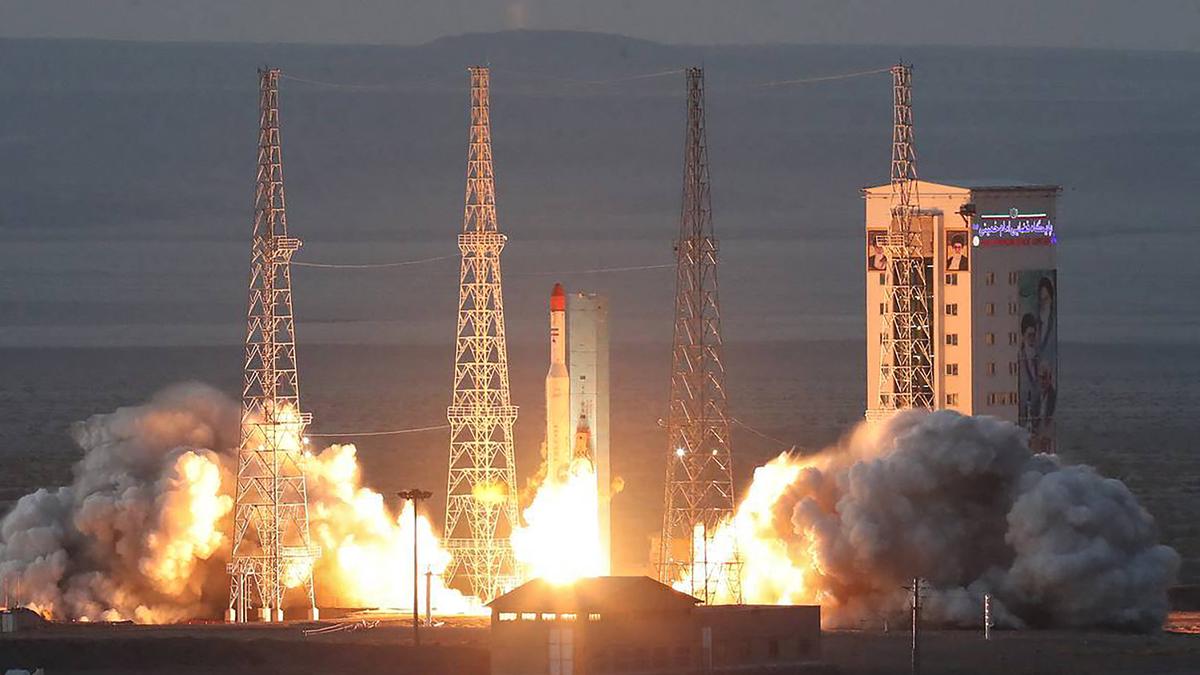Iran said Friday (December 6, 2024) it conducted a successful space launch, the latest for its program the West alleges improves Tehran’s ballistic missile program.

Iran conducted the launch using its Simorgh program, a satellite-carrying rocket that had had a series of failed launches, at Iran’s Imam Khomeini Spaceport in rural Semnan province. That’s the site of Iran’s civilian space program.
Iran’s Simorgh program
The Simorgh carried what Iran described as an “orbital propulsion system,” as well as two research systems to a 400-kilometer (250-mile) orbit above the Earth. A system that could change the orbit of a spacecraft would allow Iran to geo-synchronize the orbits of its satellites. Tehran has long sought that ability.
Iran also put the payload of the Simorgh at 300 kilograms (660 pounds), heavier than its previous successful launches.

There was no immediate independent confirmation the launch was successful. The U.S. military did not immediately respond to a request for comment.
The announcement comes as heightened tensions grip the wider Middle East over Israel’s continued war on Hamas in the Gaza Strip and as an uneasy ceasefire holds in Lebanon.
United States on Iran’s satellite launches
The United States has previously said Iran’s satellite launches defy a U.N. Security Council resolution and called on Tehran to undertake no activity involving ballistic missiles capable of delivering nuclear weapons. U.N. sanctions related to Iran’s ballistic missile program expired in October 2023.

“Iran’s work on space-launch vehicles — including its Simorgh — probably would shorten the timeline to produce an intercontinental ballistic missile, if it decided to develop one, because the systems use similar technologies,” a U.S. intelligence community report released in July said.
Under Iran’s relatively moderate former President Hassan Rouhani, the Islamic Republic slowed its space program for fear of raising tensions with the West. The late hard-line President Ebrahim Raisi, a protégé of Supreme Leader Ayatollah Ali Khamenei who came to power in 2021, pushed the program forward. Raisi died in a helicopter crash in May.
Iran’s reformist President Masoud Pezeshkian, who has been signaling he wants to negotiate with the West over sanctions, has yet to offer strategy when it comes to Iran’s ambitions in space. The Simorgh launch represented the first for his administration from the country’s civil space program. Iran’s paramilitary Revolutionary Guard conducted a successful launch in its parallel program in September.
Intercontinental ballistic missiles can be used to deliver nuclear weapons. Iran is now producing uranium close to weapons-grade levels after the collapse of its nuclear deal with world powers. Tehran has enough enriched uranium for “several” nuclear weapons, if it chooses to produce them, the head of the International Atomic Energy Agency repeatedly has warned.
Iran has always denied seeking nuclear weapons and says its space program, like its nuclear activities, is for purely civilian purposes. However, U.S. intelligence agencies and the IAEA say Iran had an organized military nuclear program up until 2003.
Published – December 06, 2024 05:24 pm IST








































